Intro
Discover Cholestasis of Pregnancy symptoms, causes, and treatment. Learn about pruritus, jaundice, and liver function, and manage this condition for a healthy pregnancy.
Pregnancy is a complex and delicate period in a woman's life, filled with numerous physical and emotional changes. Among the various conditions that can arise during this time, cholestasis of pregnancy is a significant concern that affects a small but notable percentage of expecting mothers. This condition, characterized by a reduction in the flow of bile from the liver, can lead to a range of uncomfortable and potentially serious symptoms. Understanding the symptoms of cholestasis of pregnancy is crucial for early diagnosis and effective management, ensuring the health and well-being of both mother and baby.
The journey to recognizing cholestasis of pregnancy often begins with the appearance of symptoms that may seem minor at first but can escalate in severity if left untreated. It's essential for pregnant women to be aware of these signs to seek medical attention promptly. Common symptoms include intense itching, particularly on the palms of the hands and soles of the feet, without any visible rash. This itching can be severe and is often worse at night, disrupting sleep patterns. Additionally, women may experience fatigue, loss of appetite, and dark urine, which are indicative of the liver's reduced ability to function properly.
As the condition progresses, it may lead to more severe complications, such as jaundice, which is characterized by a yellowish discoloration of the skin and eyes. This occurs due to the buildup of bilirubin in the blood, a result of the liver's impaired bile production. It's crucial for healthcare providers to monitor pregnant women closely for these symptoms, as timely intervention can significantly improve outcomes. The importance of addressing cholestasis of pregnancy lies not only in alleviating the mother's discomfort but also in preventing potential risks to the fetus, such as premature birth and stillbirth.
Understanding Cholestasis of Pregnancy
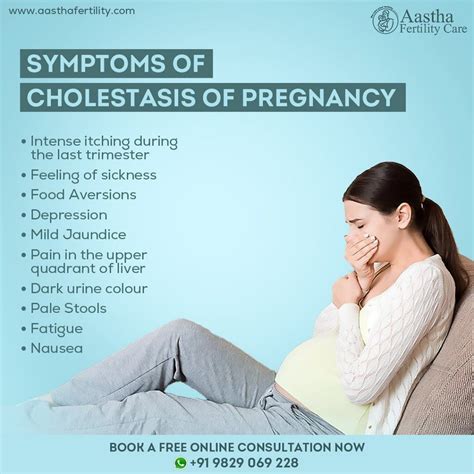
Understanding the underlying causes and mechanisms of cholestasis of pregnancy is vital for its management. This condition is thought to result from a combination of hormonal, genetic, and environmental factors. The increase in estrogen levels during pregnancy can affect the liver's ability to transport bile, leading to its accumulation in the liver and subsequent reduction in its flow. Genetic predisposition also plays a significant role, with women having a family history of the condition being at a higher risk. Furthermore, certain environmental factors, such as multiple pregnancies, can increase the likelihood of developing cholestasis of pregnancy.
Diagnosis and Treatment

Diagnosing cholestasis of pregnancy involves a combination of clinical evaluation, laboratory tests, and sometimes imaging studies. Healthcare providers typically start by assessing the patient's symptoms and medical history. Laboratory tests, including liver function tests and bile acid tests, are crucial in confirming the diagnosis. These tests can reveal elevated levels of bile acids in the blood, a hallmark of cholestasis of pregnancy. In some cases, an ultrasound of the liver may be performed to rule out other conditions that could be causing the symptoms.
Treatment for cholestasis of pregnancy focuses on relieving symptoms and preventing complications. Ursodeoxycholic acid (UDCA) is the primary medication used, which helps improve liver function and reduce bile acid levels in the blood. Additionally, women may be advised to take vitamin K supplements to prevent bleeding complications, as cholestasis of pregnancy can lead to deficiencies in this vitamin. In severe cases, or if the condition poses a significant risk to the fetus, healthcare providers may recommend inducing labor or performing a cesarean section to ensure the baby's safety.
Symptoms and Complications
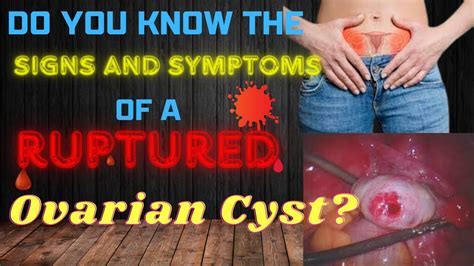
The symptoms of cholestasis of pregnancy can vary in severity but often include:
- Intense itching (pruritus) without a rash, particularly on the palms and soles
- Fatigue
- Loss of appetite
- Dark urine
- Pale or clay-colored stools
- Jaundice, characterized by yellowing of the skin and eyes
If left untreated, cholestasis of pregnancy can lead to several complications, both for the mother and the baby. These include premature birth, fetal distress, and stillbirth. Mothers may also experience severe itching that can lead to sleep disturbances and emotional distress. Furthermore, there's an increased risk of postpartum hemorrhage due to vitamin K deficiency.
Management and Prevention
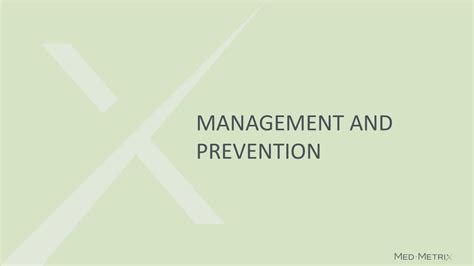
Managing cholestasis of pregnancy involves a multifaceted approach that includes medical treatment, lifestyle modifications, and close monitoring of both the mother and the fetus. Lifestyle changes may include avoiding tight clothing that can exacerbate itching, keeping cool to reduce discomfort, and practicing good sleep hygiene to manage sleep disturbances. Regular prenatal visits are essential for monitoring the condition's progression and the well-being of the fetus.
While prevention of cholestasis of pregnancy may not be entirely possible, especially due to its genetic and hormonal components, early recognition and intervention can significantly improve outcomes. Pregnant women should be vigilant about reporting any symptoms to their healthcare providers, especially if there's a family history of the condition. Moreover, maintaining a healthy lifestyle and attending all scheduled prenatal appointments can help in the early detection and management of cholestasis of pregnancy.
Living with Cholestasis of Pregnancy
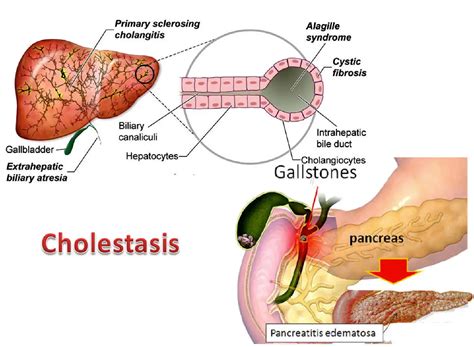
Living with cholestasis of pregnancy requires patience, understanding, and a proactive approach to managing symptoms and preventing complications. It's essential for women to stay informed about their condition, ask questions, and follow the advice of their healthcare providers. Support from family, friends, and support groups can also play a significant role in coping with the emotional and physical challenges of cholestasis of pregnancy.
Coping Mechanisms
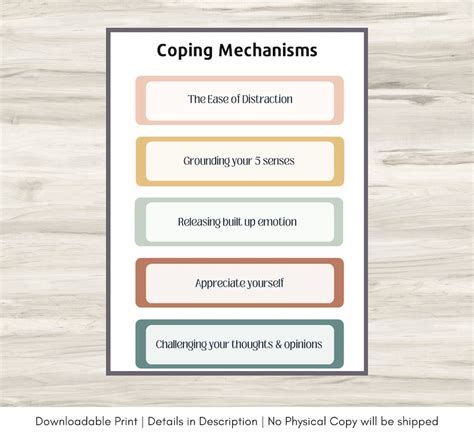
Coping with the symptoms of cholestasis of pregnancy involves a combination of medical interventions and personal coping strategies. Women may find relief from itching by applying cool compresses, taking oatmeal baths, or using over-the-counter anti-itch creams. Staying hydrated, eating a balanced diet, and engaging in gentle exercises can also help manage symptoms and improve overall well-being.
Moreover, it's crucial to address the emotional impact of cholestasis of pregnancy. The condition can cause significant distress, from the discomfort and pain of intense itching to the anxiety of potential complications. Women should not hesitate to discuss their feelings and concerns with their healthcare providers, who can offer support, reassurance, and referrals to mental health professionals if needed.
Future Perspectives and Research

As research into cholestasis of pregnancy continues to evolve, there is hope for better understanding, diagnosis, and treatment of the condition. Future perspectives include the development of more effective medications with fewer side effects, improved diagnostic tools for early detection, and a deeper understanding of the genetic and environmental factors that contribute to the condition.
Moreover, there is a growing emphasis on the importance of prenatal care and the role of healthcare providers in educating and supporting pregnant women. By fostering a collaborative and supportive relationship between patients and healthcare professionals, it's possible to improve outcomes for women with cholestasis of pregnancy and ensure the best possible start for their babies.
Conclusion and Next Steps

In conclusion, cholestasis of pregnancy is a significant condition that requires attention, understanding, and proactive management. By recognizing the symptoms, seeking early medical intervention, and adopting a comprehensive approach to care, women can navigate this condition effectively. As research and medical practices continue to advance, there is optimism for improved management and outcomes for those affected by cholestasis of pregnancy.
We invite readers to share their experiences, ask questions, and engage in discussions about cholestasis of pregnancy. Your insights and stories can provide valuable support and information to others who may be going through similar challenges. Together, we can work towards raising awareness and promoting better understanding of this condition, ultimately improving the health and well-being of pregnant women and their babies.
What are the primary symptoms of cholestasis of pregnancy?
+The primary symptoms include intense itching without a rash, fatigue, loss of appetite, dark urine, and pale or clay-colored stools. In some cases, jaundice may also occur.
How is cholestasis of pregnancy diagnosed?
+Diagnosis involves a combination of clinical evaluation, laboratory tests such as liver function tests and bile acid tests, and sometimes imaging studies like an ultrasound of the liver.
What are the potential complications of untreated cholestasis of pregnancy?
+Potential complications include premature birth, fetal distress, stillbirth, and an increased risk of postpartum hemorrhage due to vitamin K deficiency.
